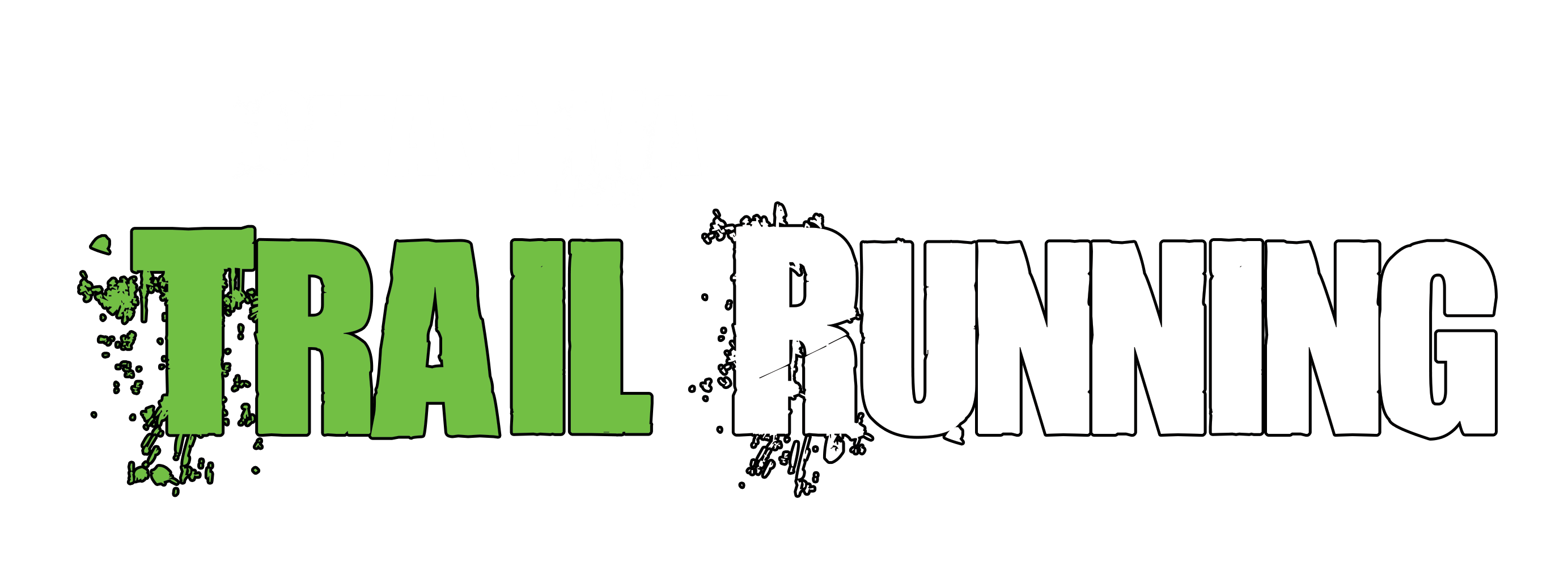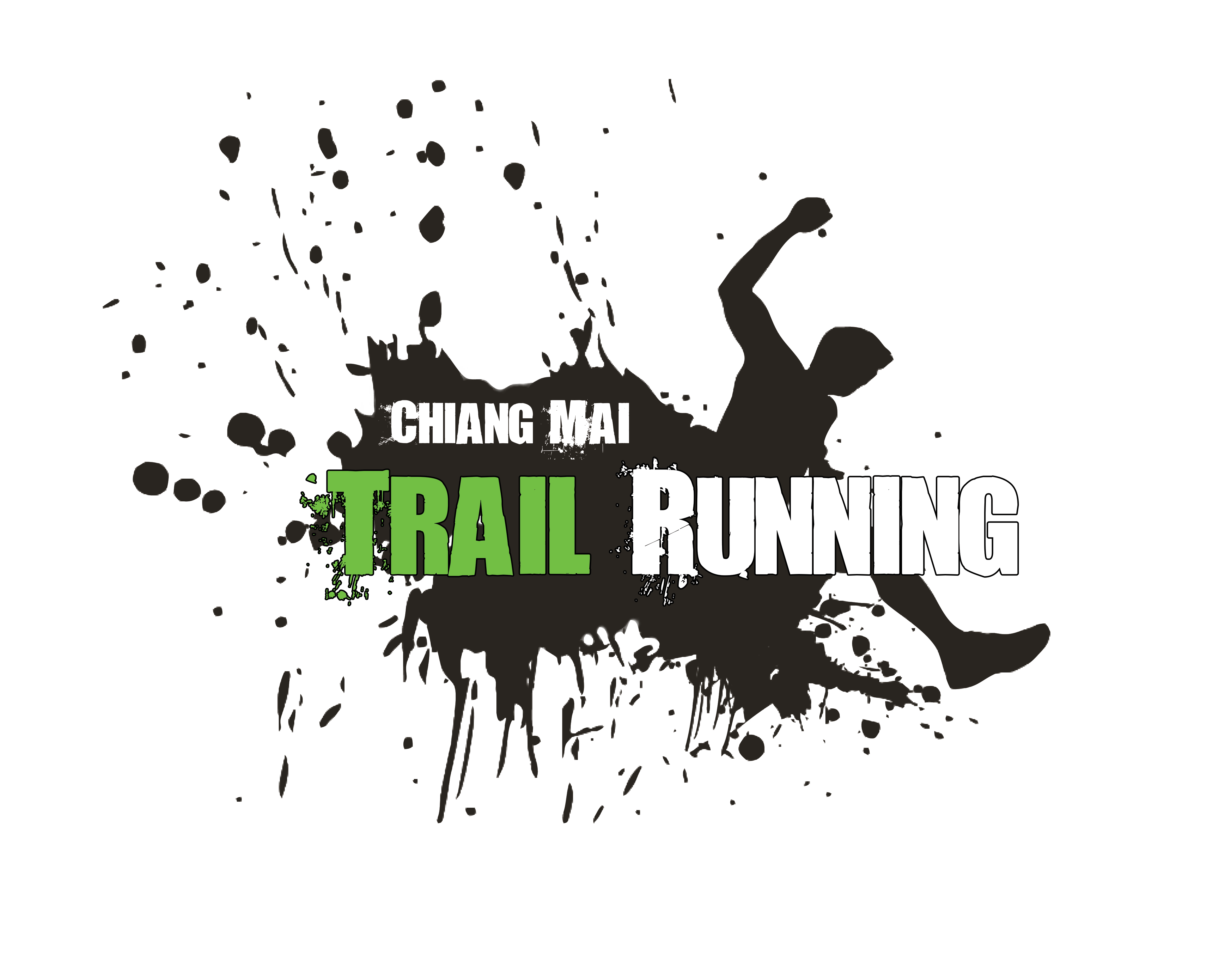This article is the first of a series on the training for my first ultra. In this first part, I will cover the first 4 weeks in which I am building the foundation that I think is necessary to run an ultra distance. I am not a professional, so don’t just blindly copy my plan or take my word for granted. But I decided to share my progress as I believe it may be useful for people looking to take on a similar challenge.
Check out the Vlog:
Some background info
Pushing the limits is something that comes quite naturally for many runners. After running an unassisted trail marathon in January 2021, I started to ask myself how much further I could go. With the Covid-19 pandemic still going on in full force, I have time on my hands. And so I decided to set the goal to run an ultra distance in the second half of the year. For those of you who are new to the concept, an ultra is basically any run that is longer than the 42 kilometer marathon distance.
Most people start out with a 50 kilometer run to dip their toe into ultra running. I decided to aim for something a bit more challenging. After looking at different options I settled on Ultra Trail Doi Muser in Tak province. The longest available distance at this particular event is 100 kilometers, but I figured 65 kilometers would be plenty for me.
Unfortunately many races are being cancelled due to the ongoing Covid-19 crisis. But like with the marathon distance I ran, I decided it shouldn’t be an excuse. After talking to Gijs, we decided to go for it anyway. So I started building my foundation for my first ultra.
How I am building the foundation for my first ultra
Building a foundation is essential to make sure you have something to build on. You need it to make sure you make it through the program without burning out or getting injured. For me this is especially important as I have struggled with some knee pain and shin splints in the past. So building up slowly is key.
Before starting my training, I was running about 20 to 30 kilometers per week while doing 1 or 2 runs. Because later on in the training I will have to run much more frequently than that, I used the first 4 weeks to get used to running more often. Below it the schedule of the distances I did each day. You will see that the 4th week is less intense than the previous one. This is something I will continue doing throughout the training in order to allow some mental and physical recovery.
| Week / Day | Monday | Tuesday | Wednesday | Thursday | Friday | Saturday | Sunday | TOTAL |
|---|---|---|---|---|---|---|---|---|
| 1 | 7.5km | Rest | 5km | Rest | 5km | 6.9km | 13km | 37.4km |
| 2 | 5km | Rest | 5.7km | Rest | 5km | 5km | 18km | 38.7km |
| 3 | 7.5km | Cross-training (KB swings) | 6km | Cross-training (30km cycling) | 5km | 17km | Rest | 35.5km |
| 4 | Rest | Rest | 5 | 5 | Cross-training (KB swings) | 20km | 8km | 38km |
Note: I had an appointment for a covid-19 vaccine during the weekend of the 3rd week, so I started the deload week a bit earlier. Under ideal circumstances I would have done another medium run on Sunday.
Some thoughts building the foundation for my first ultra
The first couple of weeks went very well. The distances were all very manageable and within what I am used to. With 2 rest days per week, I felt fresh and recovered for every run, which is exactly what I am looking for during this phase of the training. This is also why I decided to do some cross-training on some off-days.
From here onward I will keep a similar structure, with 2 rest days and 5 days of running. The idea is to do most kilometers around the weekend to build fatigue. During the week I will focus more on intervals and speed work to increase my fitness.
Let’s see how it goes, stay tuned for more to come. In the meantime, make sure to check out our YouTube Channel for amazing trail running content. Or why not check out The Database and find the route for your next adenture in Chiang Mai!
Hi there fellow trail enthusiast!
Chiang Mai Trail Running is completely free to use and does not contain any paid advertising. All our content, including .gpx files, are there for everyone to use. But keeping a website like this running does cost money; there are costs for software to create the website, as well as hosting and server fees to make it run smoothly. These costs are carried entirely by the creator of the website and help would be greatly appreciated! If you want to help, why not buy a coffee by clicking on the orange button in the bottom right corner. Or if you want to help in any other way, just reach out by sending an email to: chiangmaitrailrun@gmail.com
Your contribution will help a lot in keeping this website running and help in making the trails of Northern Thailand accessible for everyone!







Comments are closed.